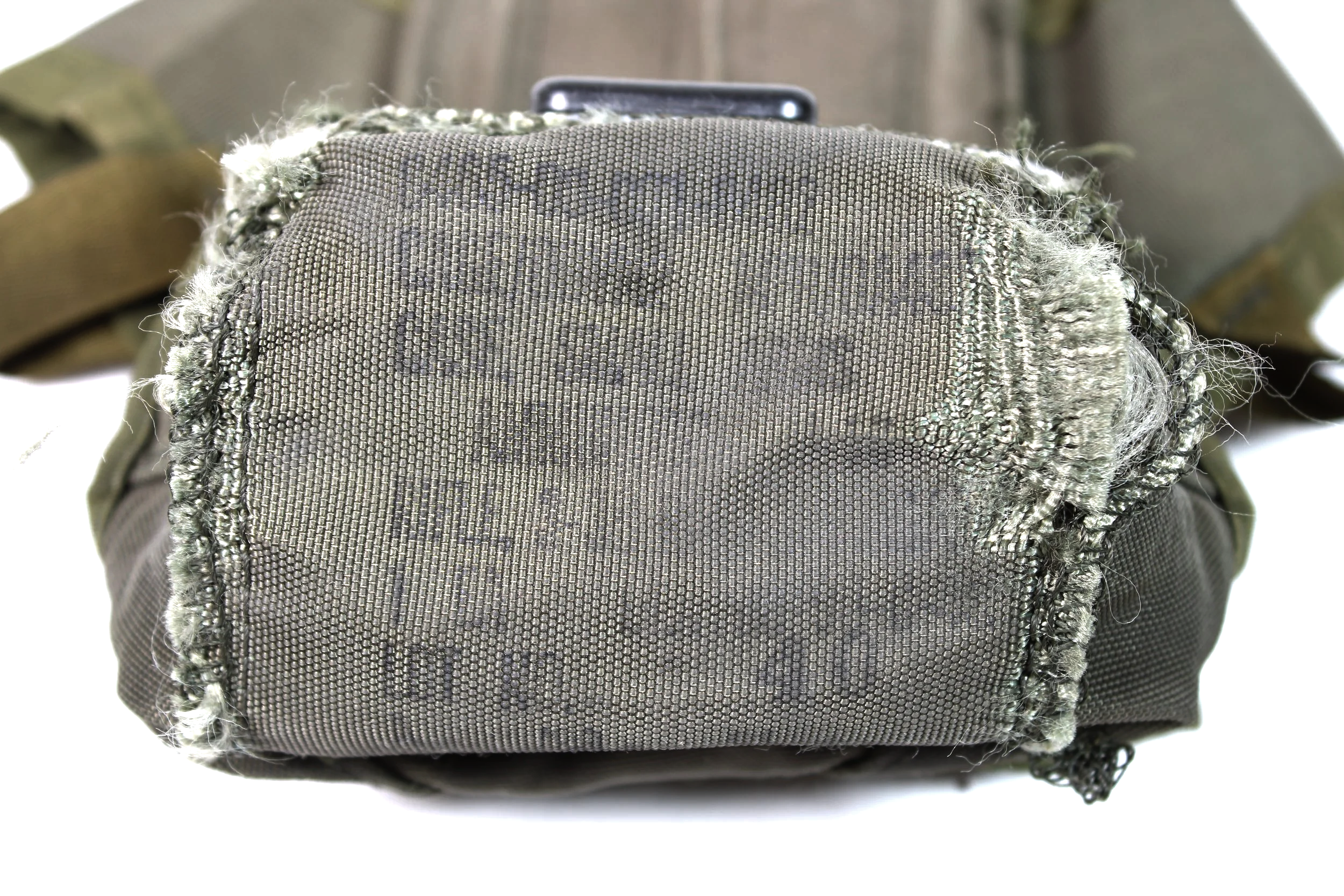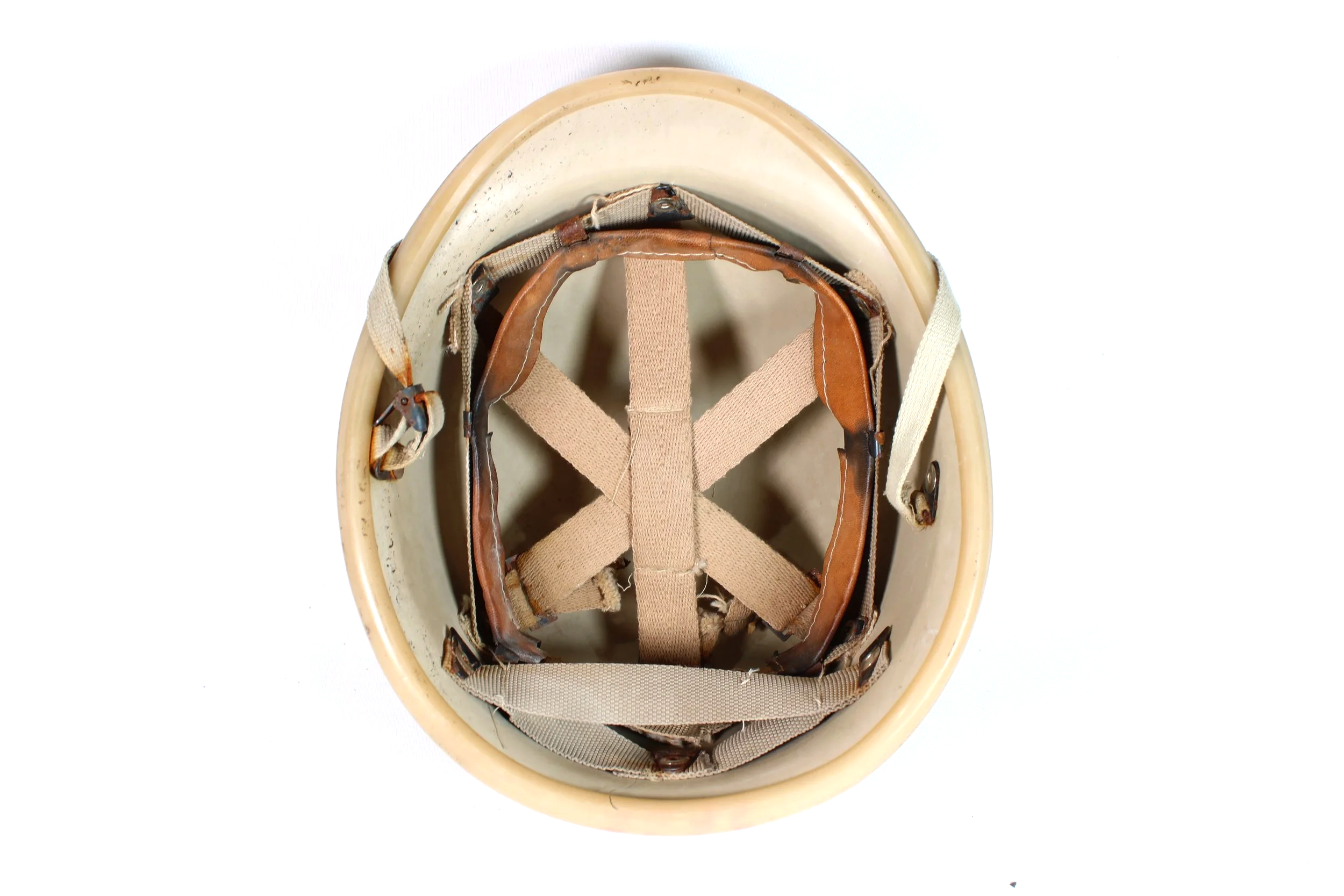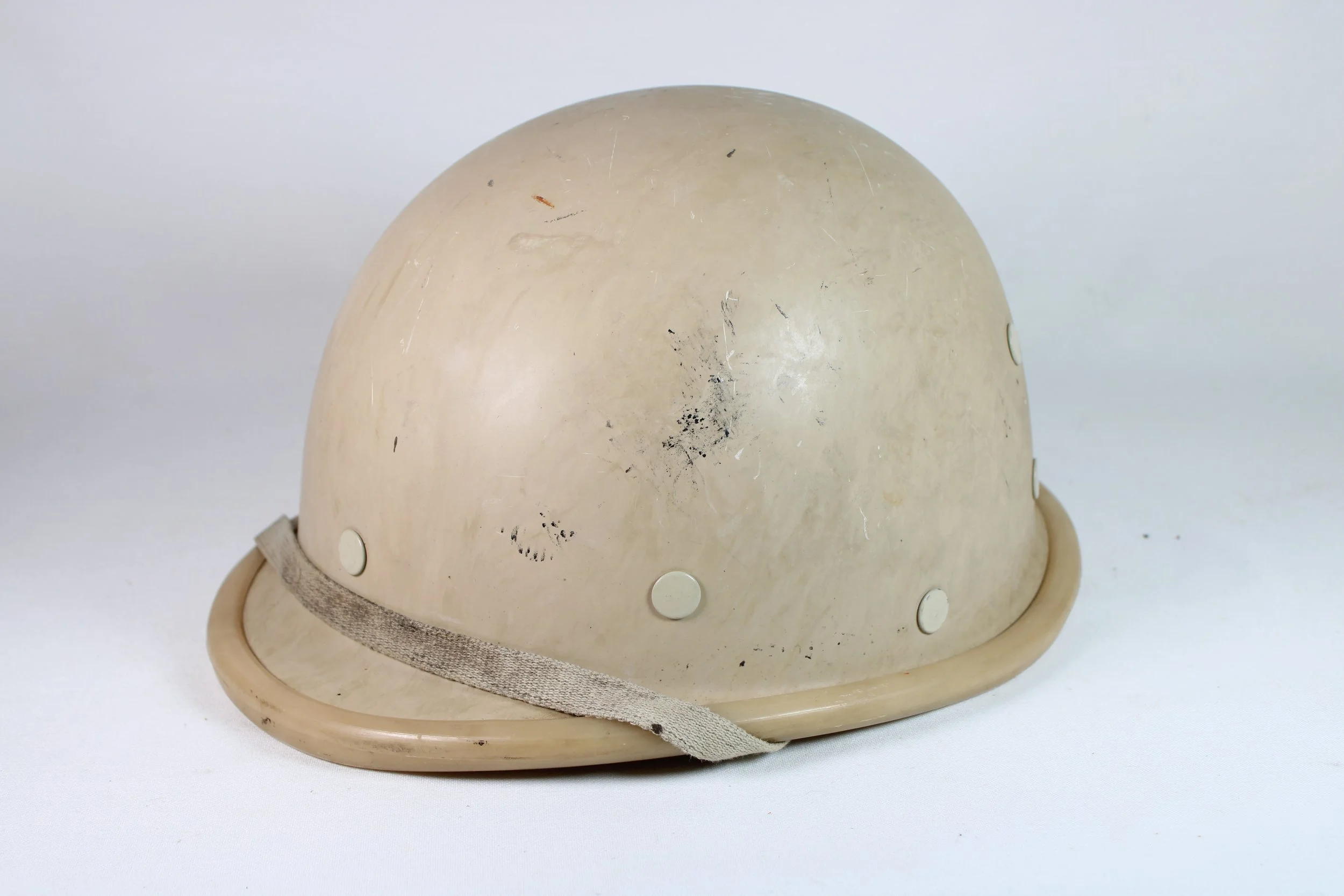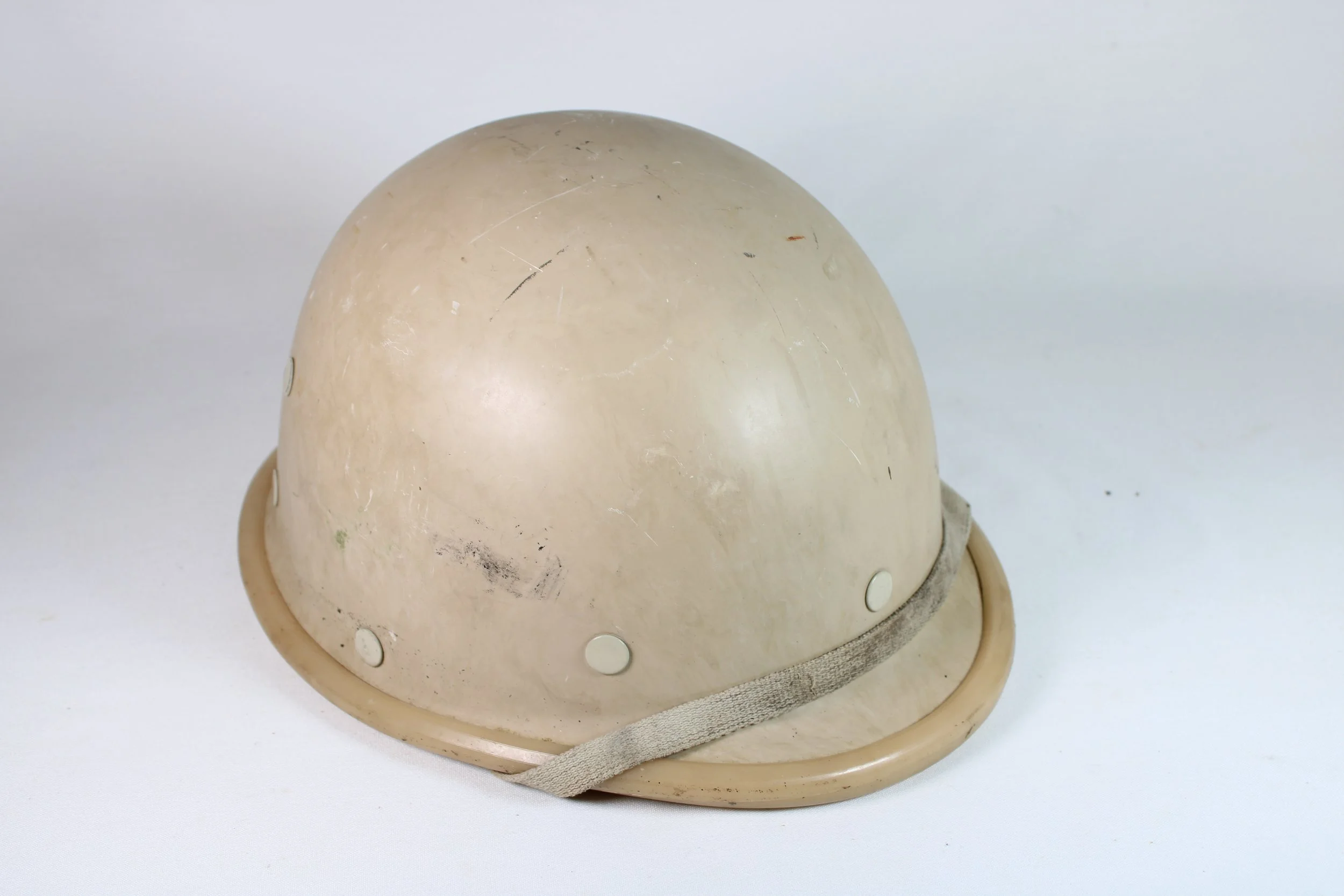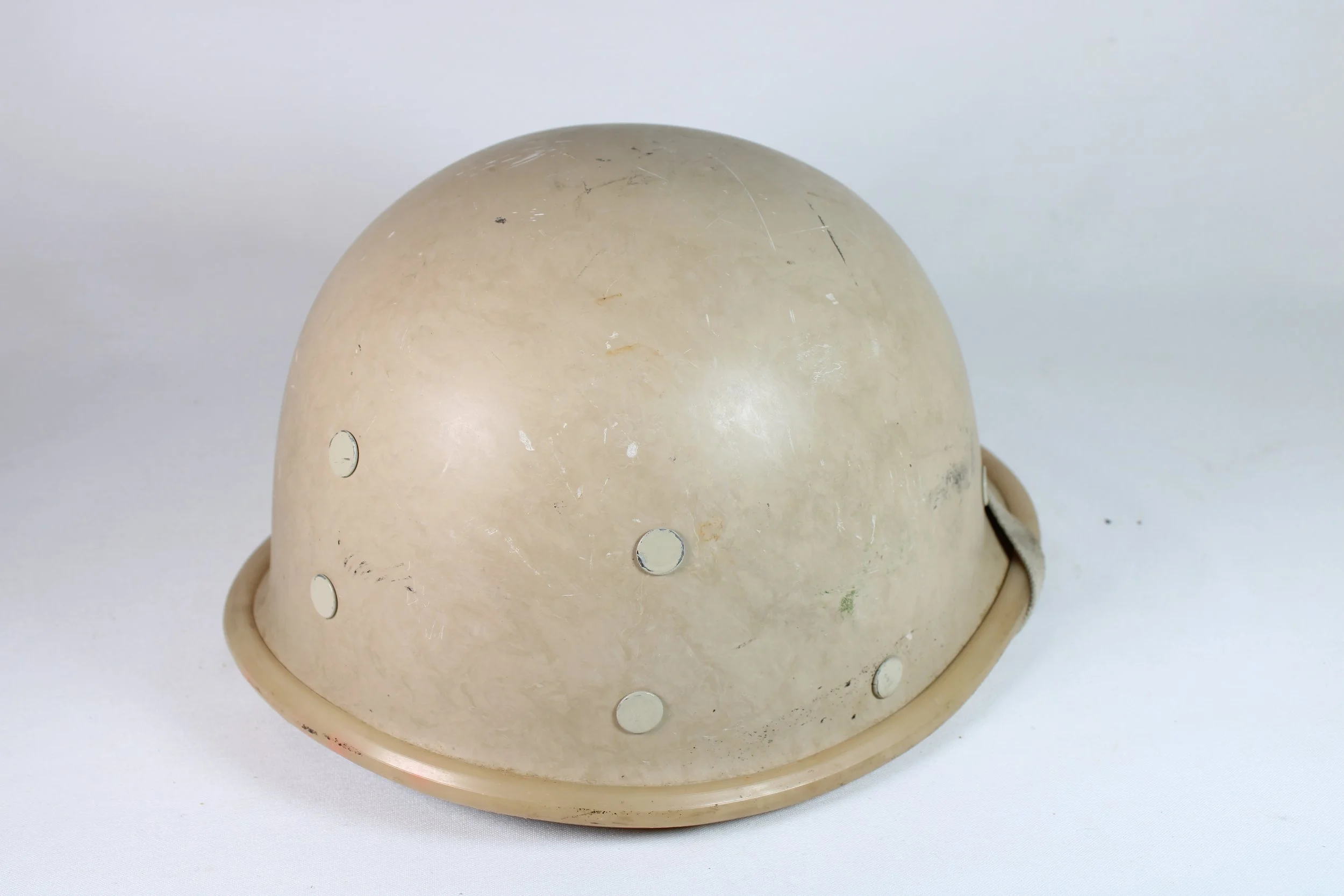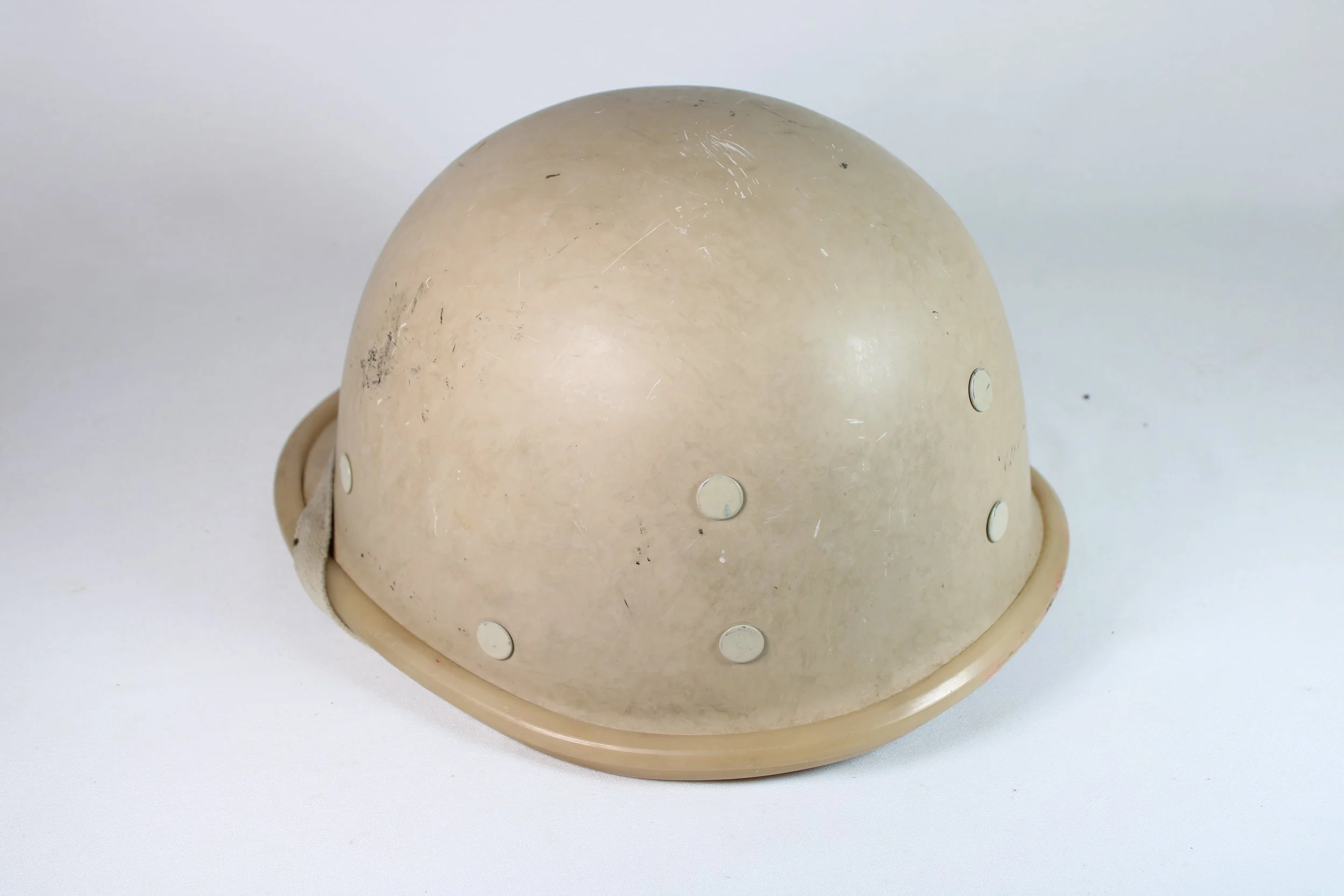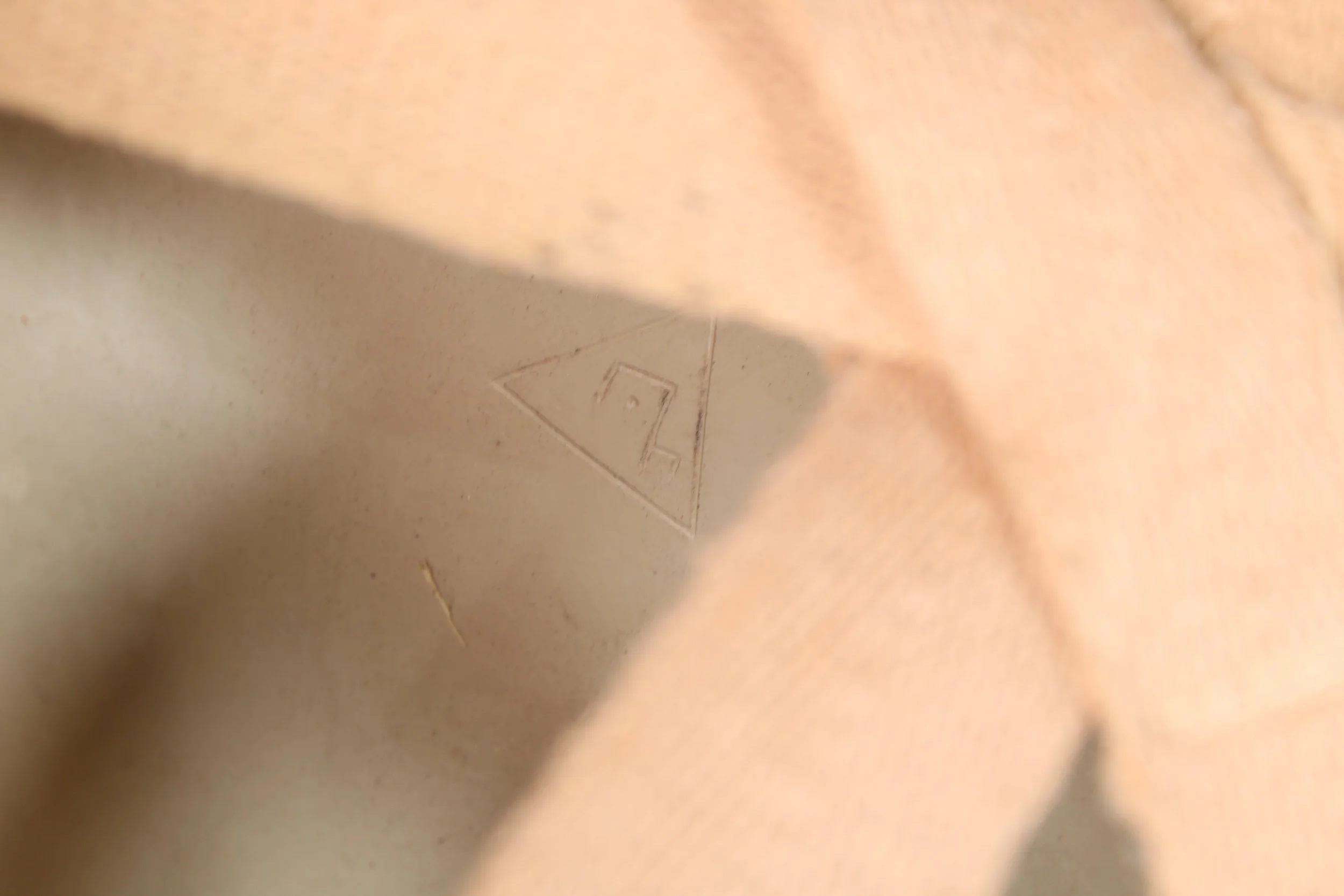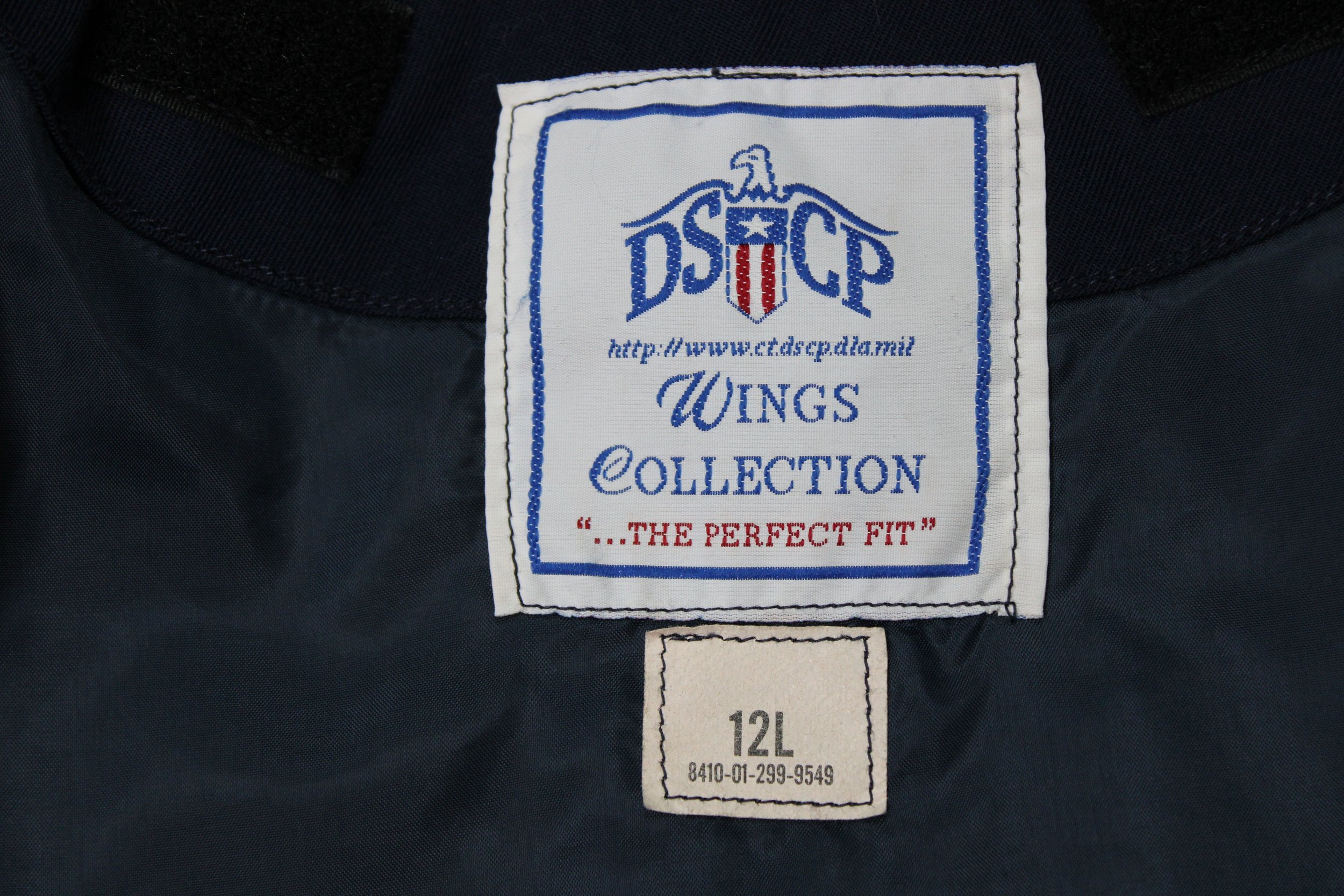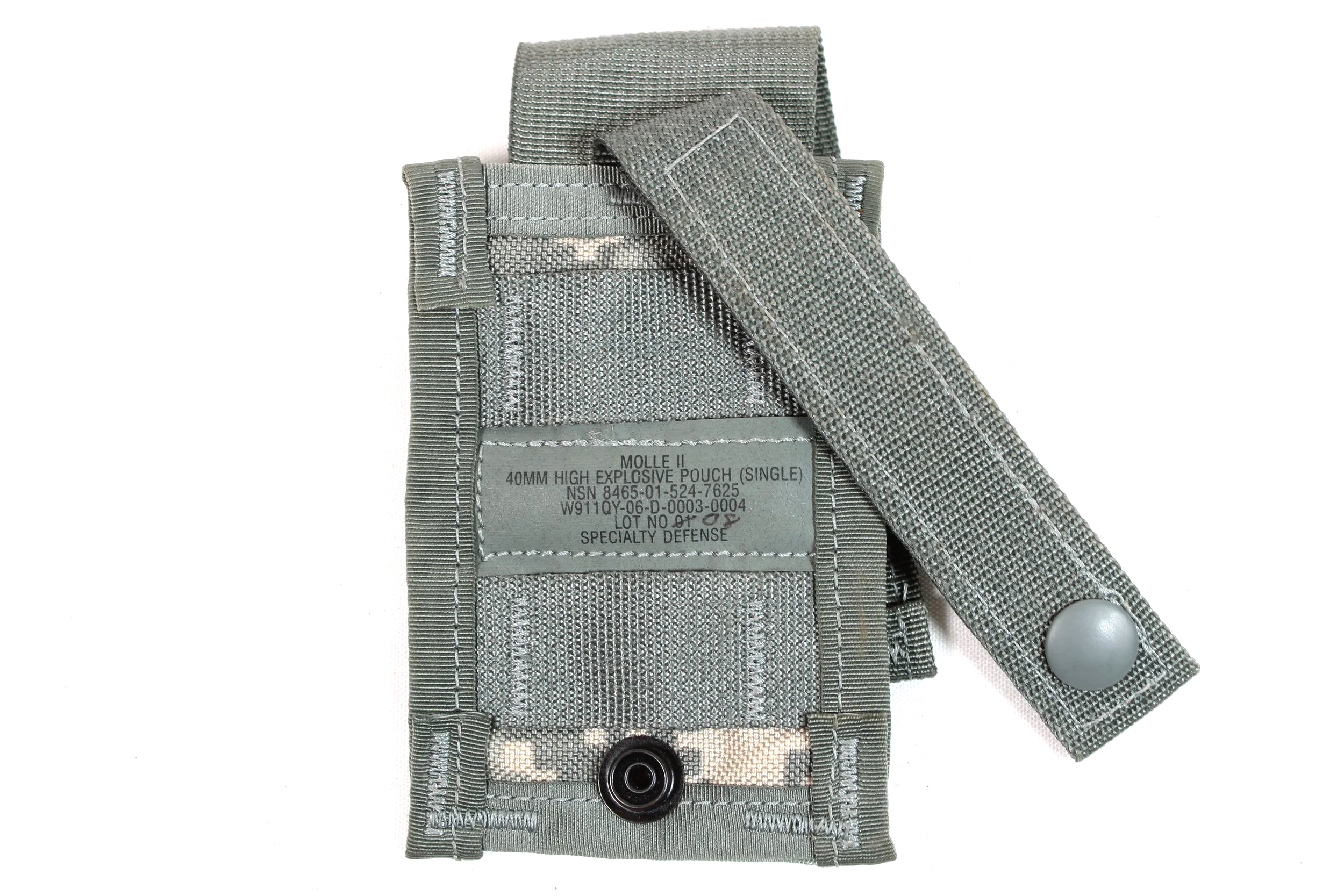 Image 1 of 8
Image 1 of 8

 Image 2 of 8
Image 2 of 8

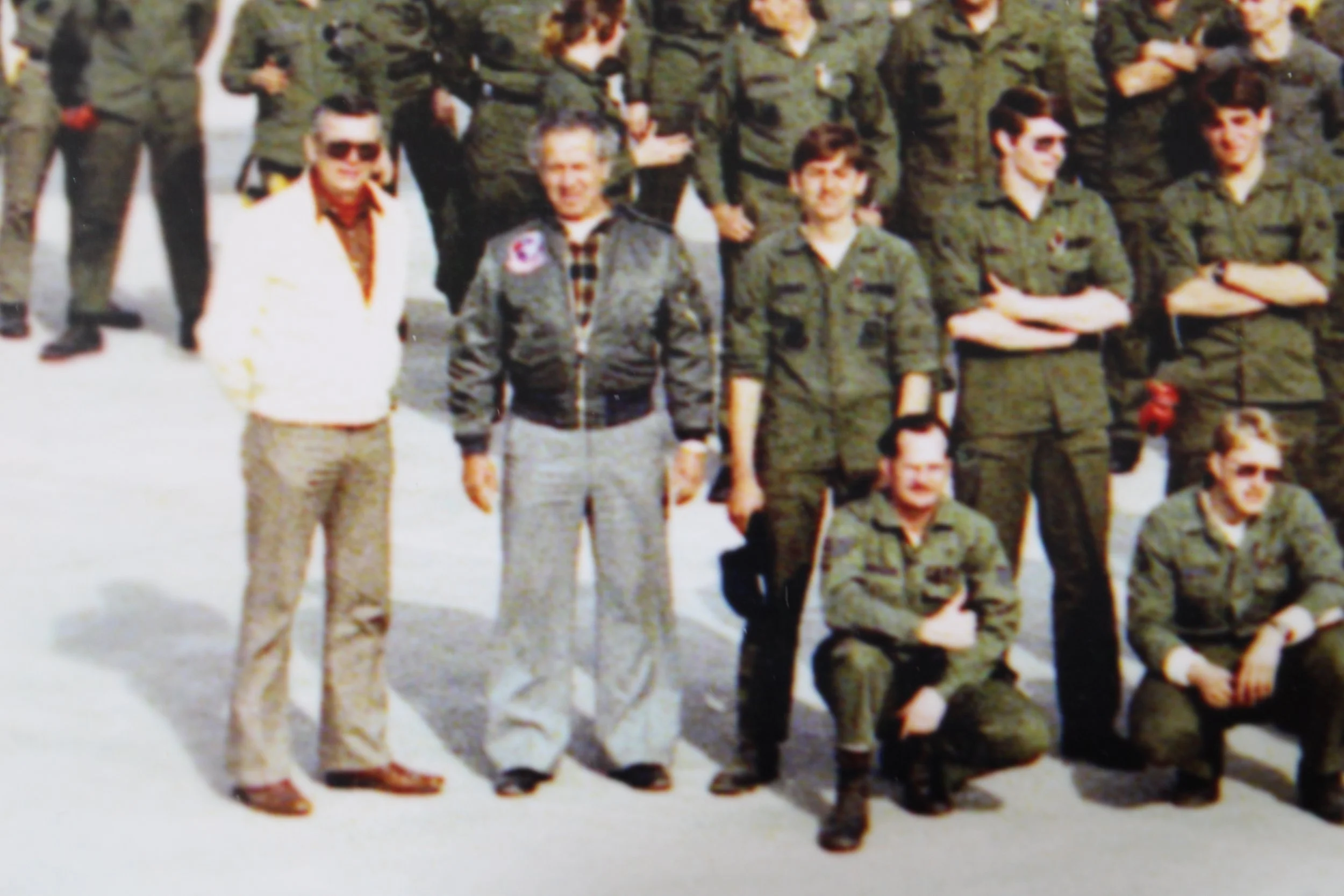 Image 3 of 8
Image 3 of 8

 Image 4 of 8
Image 4 of 8

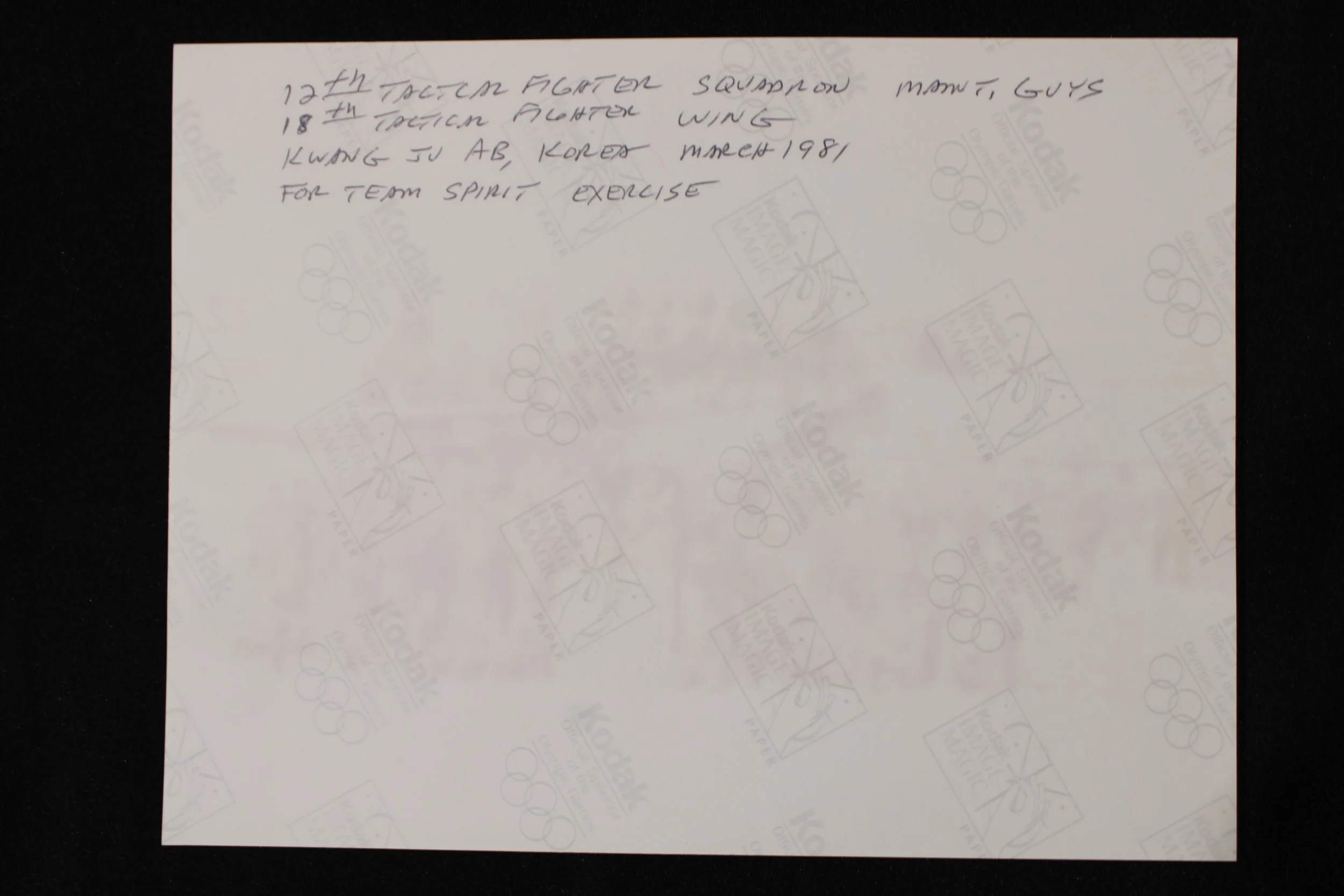 Image 5 of 8
Image 5 of 8

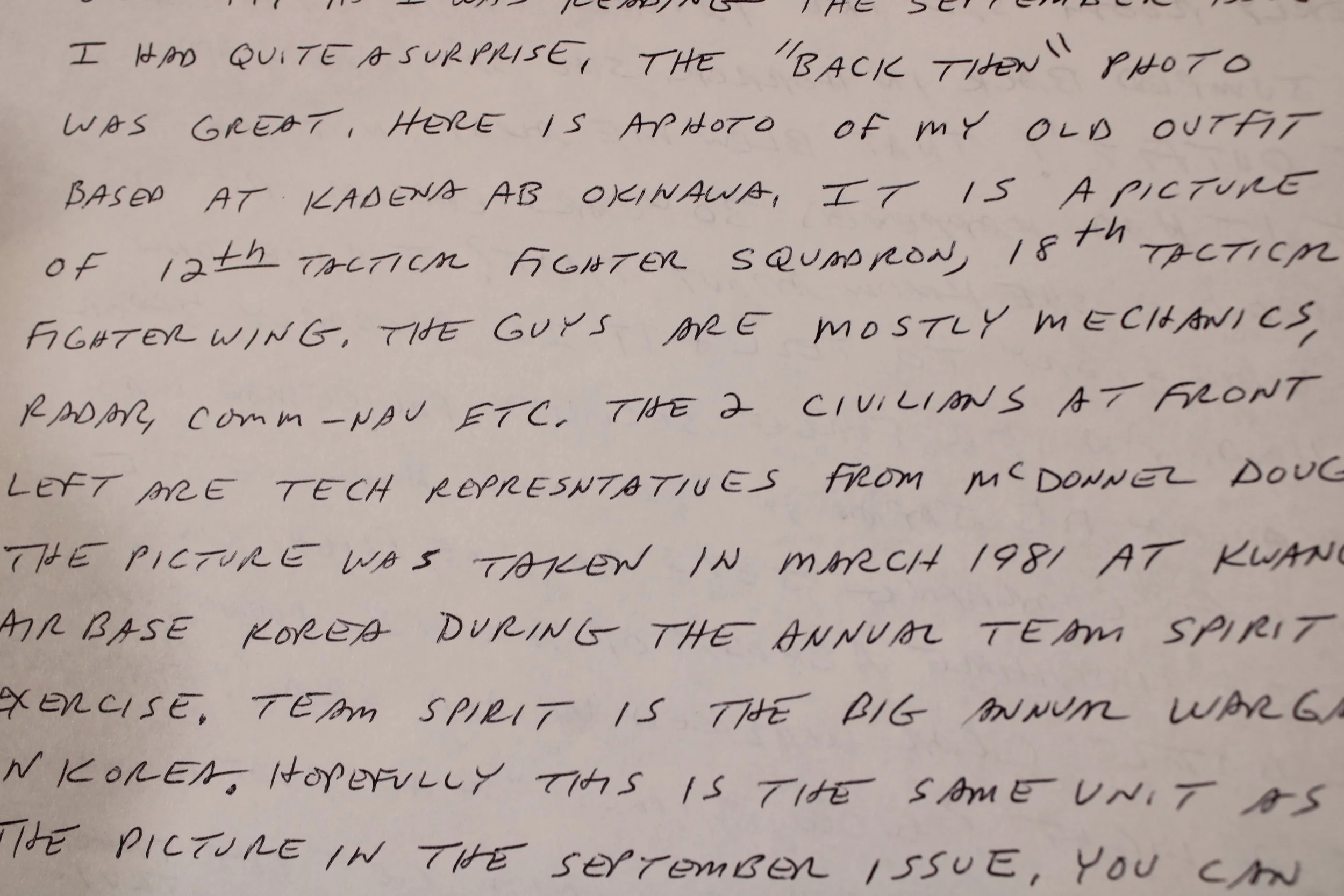 Image 6 of 8
Image 6 of 8

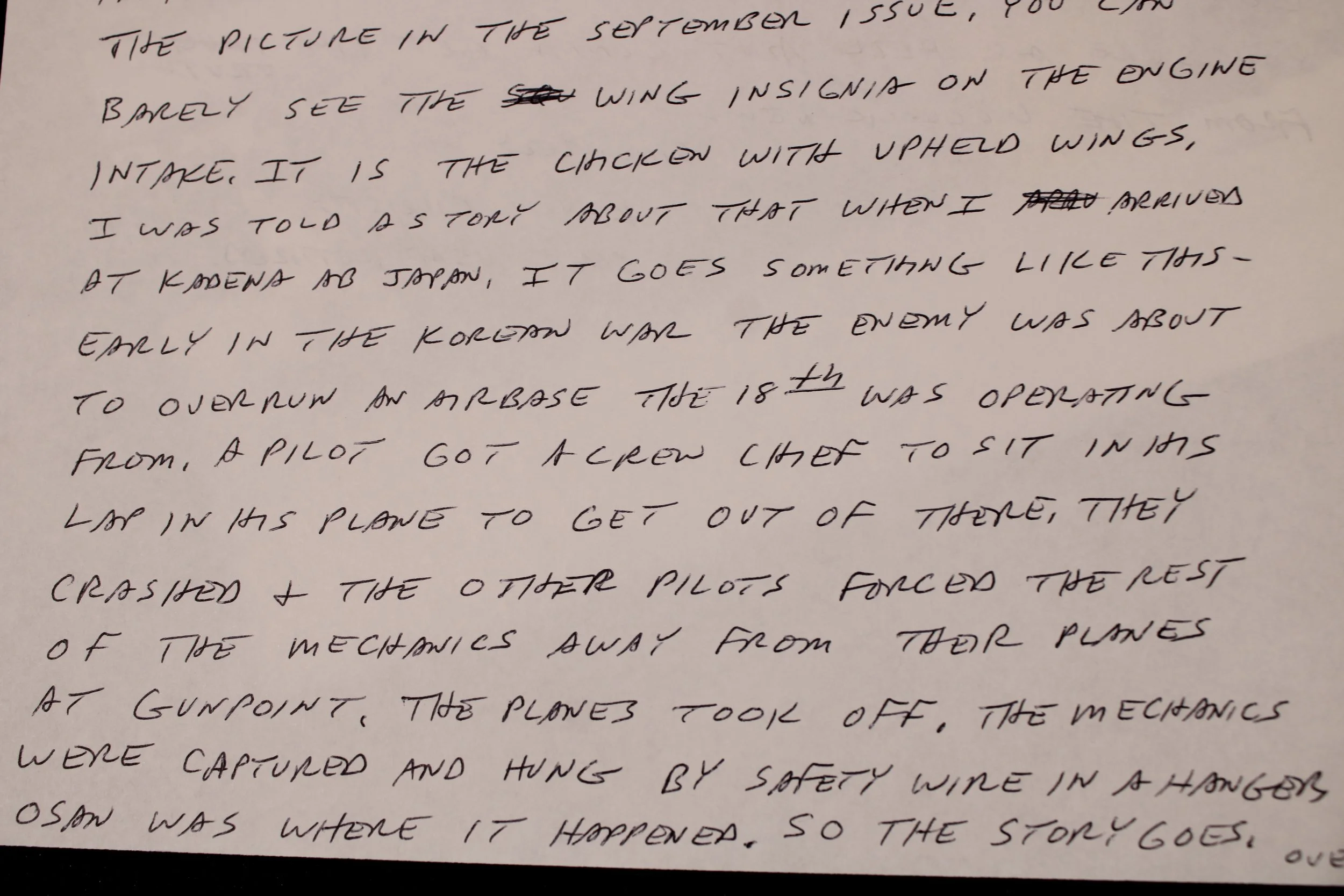 Image 7 of 8
Image 7 of 8

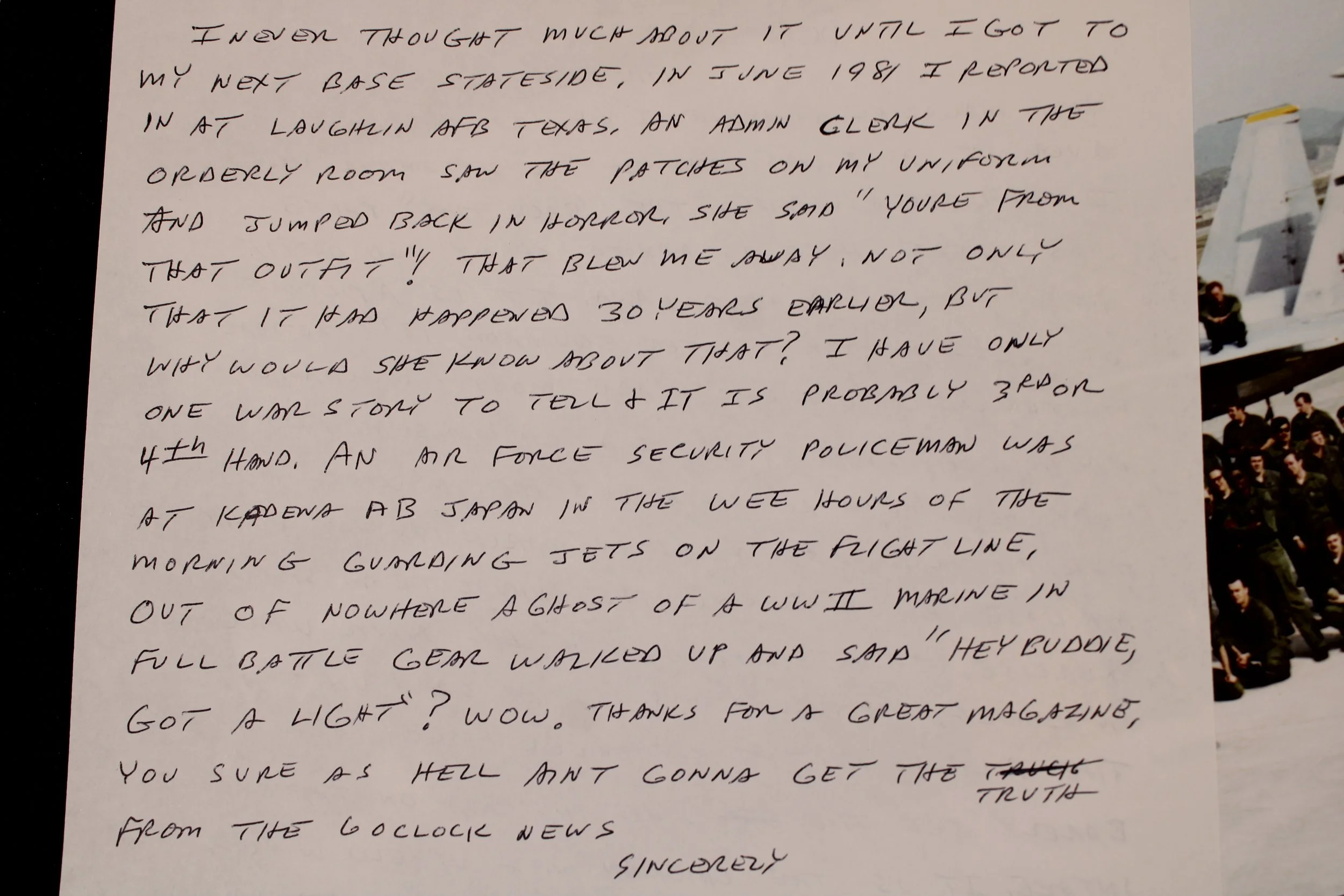 Image 8 of 8
Image 8 of 8









12th Tactical Fighter Squadron / 18th Tactical Fighter Wing 1981 SPIRIT Exercise F-14 Tomcat Photo
Large 10x7.5” photo and very interesting letter from squadron member.
12th Tactical Fighter Squadron
The 12th Fighter Squadron was stationed at Kadena AB, Japan when it converted from the F-4D to the F-15C/D in 1979. the 12th TFS was part of the 18th Tactical Fighter Wing. The only F-15 Wing in the Pacific Air Forces. The 12th (T)FS missions were to protect Southern Korean air space together with a big part of the Pacific. From 1980 until 1999, the squadron continued to fly from Kadena AB, Japan, participating in over 50 deployments around the world in support of combat training and international relations. From November 1998 to January 1999, the squadron deployed to Incirlik AB, Turkey, in support of Operation NORTHERN WATCH. In November 1999, the squadron fell victim to internal Air Force downsizing and force restructuring; basically their capabilities and presence were no longer required at Kadena AB, Japan. On a positive note, their long and distinguished military honors warranted their retention as an active combat unit of the Air Force, now all they needed was a new home. Under Air Force guidelines set forth in the early 1990s, it was decided they were to transfer without personnel and equipment to Elmendorf Air Force Base, Alaska, where they replaced the inactivating 54th Fighter Squadron in April 2000. Since their activation, the squadron has continued to serve this country with the same distinction and honor of those before them. They have participated in several deployments to include missions in support of Operation NORTHERN WATCH, Operation NORTHERN DENIAL, Operation SOUTHERN WATCH, and most recently in defense of America in wake of the September terrorist attacks on New York City and the Pentagon.
https://skytrailer.nl/eagle-squadrons/12th-fighter-squadron/
18th Tactical Fighter Wing
The 18th Wing was born on 21 January 1927 when the War Department organized a provisional pursuit group at Wheeler Field, Territory of Hawaii. Shortly thereafter the group was renamed the 18th Pursuit Group, pilots flew training missions in the air defense of Hawaii using DeHavilland DH-4 and Boeing PW-9 aircraft. On 6 October 1939, the group was again renamed to the 18th Pursuit Group (Interceptor). After their activation on the 1 January 1941 the 44th Pursuit Squadron was soon assigned to the 18th Pursuit Group.
The Japanese attack on the Hawaiian Islands on 7 December 1941 severely hurt the unit. Only two P-40 aircraft belonging to the 44th Pursuit Squadron stationed at Bellows Field were able to take-off. Both planes were immediately shot down while the rest of the squadron's aircraft were heavily damaged. Over the months following the attack, 18th airmen received new aircraft and commenced training for the war with Japan. The group would be renamed the 18th Fighter Group in May 1942.
In March 1943, the 18th Fighter Group entered the war effort and joined the 13th Air Force in the South Pacific Theater. During the war, the 18th Fighter Group operated from New Hebrides, Guadalcanal; New Guinea; and the Philippine Islands. The group participated in campaigns for the southern Russell Islands, Rabaul, Bougainville, New Georgia, Halmaheras, Celebes, Borneo, Leyte, and Luzon (Philippines). World War II battle honors include the Central Pacific, Northern Solomons, Bismark, Archipelago, Western Pacific, Southern Philippines, and Luzon. The group received a Distinguished Unit Citation for action in the Philippines in 1944. By mid-1944, the 18th Fighter Group received their new weapons system, the P-38 Lightning.
On 14 August 1948, the 18th Fighter Group moved to Clark Air Base on Luzon, in the Philippines, becoming part of the newly formed 18th Fighter Wing. The 18th Fighter Group flew the F-51 Mustang and the F-80 Shooting Star aircraft during their tenure at Clark Air Base, being the first overseas fighter unit to be jet-equipped. On 2 January 1950, the group and the wing would once again change their names, this time to the 18th Fighter-Bomber.
When hostilities began in Korea, the 18th Fighter-Bomber Group and two flying squadrons (12th and 67th Fighter-Bomber Squadrons) deployed to the combat zone with F-51 Mustang aircraft. A third flying squadron (44th Fighter-Bomber Squadron) remained at Clark Air Base with the wing to provide air defense for the Philippine Islands. The 18th Fighter-Bomber Wing, minus the 44th, moved to Pyongyang East, North Korea, on 1 December 1950. The wing assumed control of the 18th Fighter-Bomber Group; the group had been attached to the 2nd Squadron of the South African Air Force. In Korea, the group gained the reputation as "truckbusters". They flew their Mustangs from Dogpatch, Air Base and destroyed large numbers of enemy vehicles, warehouses, factories, bridges, troop concentrations, and anti-aircraft sites.
The 18th Fighter Group was the first Air Force unit to shoot down an enemy prop-driven aircraft over Korea, and the first to encounter Soviet-built MiG-15 jet aircraft. One of the group's officers, Maj. Louis J. Sebille, commander of the 67th Fighter-Bomber Squadron, became the first Air Force member to receive the Congressional Medal of Honor (posthumously). The group went on to earn 10 battle honors in Korea, as well as two Republic of Korea Presidential Unit Citations and two Distinguished Unit Citations. When the Korean armistice was signed in July 1953, the wing and its tactical units had moved to Osan Air Base operating the F-86 Sabrejet aircraft.
On 1 November 1954, the wing moved to Kadena Air Base located on Okinawa, Japan. The long detached 44th Fighter-Bomber Squadron physically rejoined the 18th Fighter-Bomber Wing in July 1955. Two years later the Wing converted to the F-100 Super Sabre aircraft. On 1 October 1957, the 18th Fighter-Bomber Group officially inactivated, and the wing assumed direct control over the three flying squadrons. On 1 July 1958, the wing would receive another name change, this time to the 18th Tactical Fighter Wing.
The 15th Tactical Reconnaissance Squadron located on Kadena Air Base was attached to the 18th Tactical Fighter Wing in March 1960. The pilots of the 15th Tactical Reconnaissance Squadron operated the RF-101 Voodoo aircraft until receiving the RF-4C Phantom in 1967.
During 1963, the 18th Tactical Fighter Wing converted from the Super Sabre to the F-105 Thunderchief aircraft. The wing became involved in the Vietnam conflict late in 1964, deploying the 12th Tactical Fighter Squadron. The 44th and 67th Tactical Fighter Squadrons deployed to the combat zones, but fell under the control of the 2nd Air Division and operated from Korat Air Base, Thailand.
In response to the North Korean seizure of the USS Pueblo in January 1968, the wing and the 12th Tactical Fighter Squadron deployed to Osan Air Base, Republic of Korea for forward defense alert operations.
The 18th Tactical Fighter Wing received its first F-4C Phantom aircraft in 1971, and changed to the improved "D" model in 1975. In September 1979, the wing made it's final weapons system conversion with the arrival of the F-15 Eagle aircraft. The 18th Tactical Fighter Group made a brief appearance again in May 1978, but was inactivated again in less than three years.
In October 1989, the 15th Tactical Reconnaissance Squadron moved to Taegu Air Base, Republic of Korea, under the direction of the 460th Tactical Reconnaissance Group and 7th Air Force.
On 1 October 1991, a major Air Force reorganization caused the inactivation of the 313th Air Division and all the assets on Kadena Air Base fell under control of the newly renamed 18th Wing. The 18th Wing gained several operational units, including the 961st Airborne Warning and Control Squadron, the 623rd Air Control Squadron, and the 909th Air Refueling Squadron. In addition, the wing assumed control for all support, logistics, and medical units on Kadena Air Base. The reorganization made the 18th Wing one of the largest composite wings in the Air Force.
The 13th Airlift Squadron from the Military Airlift Command (now Air Mobility Command) joined the 18th Wing in June 1992. Pilots from the 13th Airlift Squadron flew the C-12 aircraft. The Western Pacific Rescue Coordination Center also fell under the control of the 18th Wing during this time period.
In February 1993, the 33rd Air Rescue Squadron joined the 18th Wing with its HH-3E Jolly Green helicopters. The squadron has converted to the HH-60G Pavehawk helicopter since that time. The 13th Airlift Squadron inactivated on 30 September 1993, and the Rescue Coordination Center was reassigned to Hickam Air Base, Hawaii, Headquarters of Pacific Air Forces on 1 July 1994.
In late 1999, the 12th Fighter Squadron relocated to Elmendorf AFB, Alaska, leaving the 18th Wing with two operational F-15 flying squadrons.
In 2002 the 18th Wing reorganized into the Combat Wing format. The 18th Logistics Readiness and Contracting Squadrons moved into the newly formed 18th Mission Support Group, and the 18th Maintenance Group activated to consolidate all maintenance activities within the wing under one organization. At the same time, the 18th Equipment Maintenance, Component Maintenance, and Aircraft Maintenance Squadrons activated, and the Logistics Support Squadron was redesignated as the Maintenance Operations Squadron.
In 2003 three more squadrons joined the 18th Wing: the 718th Aircraft Maintenance Squadron; the 31st Rescue Squadron; and the 18th Aeromedical Evacuation Squadron. The 718th and 31st squadrons did not represent any personnel increases, as the personnel for those squadrons came out of two existing squadrons, the 33rd Rescue and 18th Aircraft Maintenance Squadrons. The 18th Aeromedical Evacuation Squadron moved to Kadena from Yokota AB, Japan after they retired the C-9 Nightingale fleet at that location.
The 18th Wing deployed personnel and equipment worldwide in support of the Global War on Terror. Units worked out of bases in Saudi Arabia, Kuwait, Afghanistan, Pakistan, and Iraq, in Southwest Asia, as well as the Philippines and Thailand in East Asia. Additionally, the 67th Fighter Squadron from Kadena flew the first missions over Baghdad in Operation IRAQI FREEDOM.
Many honors have been bestowed on the 18th Wing over the years, including three Distinguished Unit Citations and many Air Force Outstanding Unit Awards. The 18th Wing carries the distinction of being the only tactical wing never to have been stationed within the continental United States.
https://www.military.com/history/story-behind-urban-legend-of-air-forces-kadena-chicken.html
Large 10x7.5” photo and very interesting letter from squadron member.
12th Tactical Fighter Squadron
The 12th Fighter Squadron was stationed at Kadena AB, Japan when it converted from the F-4D to the F-15C/D in 1979. the 12th TFS was part of the 18th Tactical Fighter Wing. The only F-15 Wing in the Pacific Air Forces. The 12th (T)FS missions were to protect Southern Korean air space together with a big part of the Pacific. From 1980 until 1999, the squadron continued to fly from Kadena AB, Japan, participating in over 50 deployments around the world in support of combat training and international relations. From November 1998 to January 1999, the squadron deployed to Incirlik AB, Turkey, in support of Operation NORTHERN WATCH. In November 1999, the squadron fell victim to internal Air Force downsizing and force restructuring; basically their capabilities and presence were no longer required at Kadena AB, Japan. On a positive note, their long and distinguished military honors warranted their retention as an active combat unit of the Air Force, now all they needed was a new home. Under Air Force guidelines set forth in the early 1990s, it was decided they were to transfer without personnel and equipment to Elmendorf Air Force Base, Alaska, where they replaced the inactivating 54th Fighter Squadron in April 2000. Since their activation, the squadron has continued to serve this country with the same distinction and honor of those before them. They have participated in several deployments to include missions in support of Operation NORTHERN WATCH, Operation NORTHERN DENIAL, Operation SOUTHERN WATCH, and most recently in defense of America in wake of the September terrorist attacks on New York City and the Pentagon.
https://skytrailer.nl/eagle-squadrons/12th-fighter-squadron/
18th Tactical Fighter Wing
The 18th Wing was born on 21 January 1927 when the War Department organized a provisional pursuit group at Wheeler Field, Territory of Hawaii. Shortly thereafter the group was renamed the 18th Pursuit Group, pilots flew training missions in the air defense of Hawaii using DeHavilland DH-4 and Boeing PW-9 aircraft. On 6 October 1939, the group was again renamed to the 18th Pursuit Group (Interceptor). After their activation on the 1 January 1941 the 44th Pursuit Squadron was soon assigned to the 18th Pursuit Group.
The Japanese attack on the Hawaiian Islands on 7 December 1941 severely hurt the unit. Only two P-40 aircraft belonging to the 44th Pursuit Squadron stationed at Bellows Field were able to take-off. Both planes were immediately shot down while the rest of the squadron's aircraft were heavily damaged. Over the months following the attack, 18th airmen received new aircraft and commenced training for the war with Japan. The group would be renamed the 18th Fighter Group in May 1942.
In March 1943, the 18th Fighter Group entered the war effort and joined the 13th Air Force in the South Pacific Theater. During the war, the 18th Fighter Group operated from New Hebrides, Guadalcanal; New Guinea; and the Philippine Islands. The group participated in campaigns for the southern Russell Islands, Rabaul, Bougainville, New Georgia, Halmaheras, Celebes, Borneo, Leyte, and Luzon (Philippines). World War II battle honors include the Central Pacific, Northern Solomons, Bismark, Archipelago, Western Pacific, Southern Philippines, and Luzon. The group received a Distinguished Unit Citation for action in the Philippines in 1944. By mid-1944, the 18th Fighter Group received their new weapons system, the P-38 Lightning.
On 14 August 1948, the 18th Fighter Group moved to Clark Air Base on Luzon, in the Philippines, becoming part of the newly formed 18th Fighter Wing. The 18th Fighter Group flew the F-51 Mustang and the F-80 Shooting Star aircraft during their tenure at Clark Air Base, being the first overseas fighter unit to be jet-equipped. On 2 January 1950, the group and the wing would once again change their names, this time to the 18th Fighter-Bomber.
When hostilities began in Korea, the 18th Fighter-Bomber Group and two flying squadrons (12th and 67th Fighter-Bomber Squadrons) deployed to the combat zone with F-51 Mustang aircraft. A third flying squadron (44th Fighter-Bomber Squadron) remained at Clark Air Base with the wing to provide air defense for the Philippine Islands. The 18th Fighter-Bomber Wing, minus the 44th, moved to Pyongyang East, North Korea, on 1 December 1950. The wing assumed control of the 18th Fighter-Bomber Group; the group had been attached to the 2nd Squadron of the South African Air Force. In Korea, the group gained the reputation as "truckbusters". They flew their Mustangs from Dogpatch, Air Base and destroyed large numbers of enemy vehicles, warehouses, factories, bridges, troop concentrations, and anti-aircraft sites.
The 18th Fighter Group was the first Air Force unit to shoot down an enemy prop-driven aircraft over Korea, and the first to encounter Soviet-built MiG-15 jet aircraft. One of the group's officers, Maj. Louis J. Sebille, commander of the 67th Fighter-Bomber Squadron, became the first Air Force member to receive the Congressional Medal of Honor (posthumously). The group went on to earn 10 battle honors in Korea, as well as two Republic of Korea Presidential Unit Citations and two Distinguished Unit Citations. When the Korean armistice was signed in July 1953, the wing and its tactical units had moved to Osan Air Base operating the F-86 Sabrejet aircraft.
On 1 November 1954, the wing moved to Kadena Air Base located on Okinawa, Japan. The long detached 44th Fighter-Bomber Squadron physically rejoined the 18th Fighter-Bomber Wing in July 1955. Two years later the Wing converted to the F-100 Super Sabre aircraft. On 1 October 1957, the 18th Fighter-Bomber Group officially inactivated, and the wing assumed direct control over the three flying squadrons. On 1 July 1958, the wing would receive another name change, this time to the 18th Tactical Fighter Wing.
The 15th Tactical Reconnaissance Squadron located on Kadena Air Base was attached to the 18th Tactical Fighter Wing in March 1960. The pilots of the 15th Tactical Reconnaissance Squadron operated the RF-101 Voodoo aircraft until receiving the RF-4C Phantom in 1967.
During 1963, the 18th Tactical Fighter Wing converted from the Super Sabre to the F-105 Thunderchief aircraft. The wing became involved in the Vietnam conflict late in 1964, deploying the 12th Tactical Fighter Squadron. The 44th and 67th Tactical Fighter Squadrons deployed to the combat zones, but fell under the control of the 2nd Air Division and operated from Korat Air Base, Thailand.
In response to the North Korean seizure of the USS Pueblo in January 1968, the wing and the 12th Tactical Fighter Squadron deployed to Osan Air Base, Republic of Korea for forward defense alert operations.
The 18th Tactical Fighter Wing received its first F-4C Phantom aircraft in 1971, and changed to the improved "D" model in 1975. In September 1979, the wing made it's final weapons system conversion with the arrival of the F-15 Eagle aircraft. The 18th Tactical Fighter Group made a brief appearance again in May 1978, but was inactivated again in less than three years.
In October 1989, the 15th Tactical Reconnaissance Squadron moved to Taegu Air Base, Republic of Korea, under the direction of the 460th Tactical Reconnaissance Group and 7th Air Force.
On 1 October 1991, a major Air Force reorganization caused the inactivation of the 313th Air Division and all the assets on Kadena Air Base fell under control of the newly renamed 18th Wing. The 18th Wing gained several operational units, including the 961st Airborne Warning and Control Squadron, the 623rd Air Control Squadron, and the 909th Air Refueling Squadron. In addition, the wing assumed control for all support, logistics, and medical units on Kadena Air Base. The reorganization made the 18th Wing one of the largest composite wings in the Air Force.
The 13th Airlift Squadron from the Military Airlift Command (now Air Mobility Command) joined the 18th Wing in June 1992. Pilots from the 13th Airlift Squadron flew the C-12 aircraft. The Western Pacific Rescue Coordination Center also fell under the control of the 18th Wing during this time period.
In February 1993, the 33rd Air Rescue Squadron joined the 18th Wing with its HH-3E Jolly Green helicopters. The squadron has converted to the HH-60G Pavehawk helicopter since that time. The 13th Airlift Squadron inactivated on 30 September 1993, and the Rescue Coordination Center was reassigned to Hickam Air Base, Hawaii, Headquarters of Pacific Air Forces on 1 July 1994.
In late 1999, the 12th Fighter Squadron relocated to Elmendorf AFB, Alaska, leaving the 18th Wing with two operational F-15 flying squadrons.
In 2002 the 18th Wing reorganized into the Combat Wing format. The 18th Logistics Readiness and Contracting Squadrons moved into the newly formed 18th Mission Support Group, and the 18th Maintenance Group activated to consolidate all maintenance activities within the wing under one organization. At the same time, the 18th Equipment Maintenance, Component Maintenance, and Aircraft Maintenance Squadrons activated, and the Logistics Support Squadron was redesignated as the Maintenance Operations Squadron.
In 2003 three more squadrons joined the 18th Wing: the 718th Aircraft Maintenance Squadron; the 31st Rescue Squadron; and the 18th Aeromedical Evacuation Squadron. The 718th and 31st squadrons did not represent any personnel increases, as the personnel for those squadrons came out of two existing squadrons, the 33rd Rescue and 18th Aircraft Maintenance Squadrons. The 18th Aeromedical Evacuation Squadron moved to Kadena from Yokota AB, Japan after they retired the C-9 Nightingale fleet at that location.
The 18th Wing deployed personnel and equipment worldwide in support of the Global War on Terror. Units worked out of bases in Saudi Arabia, Kuwait, Afghanistan, Pakistan, and Iraq, in Southwest Asia, as well as the Philippines and Thailand in East Asia. Additionally, the 67th Fighter Squadron from Kadena flew the first missions over Baghdad in Operation IRAQI FREEDOM.
Many honors have been bestowed on the 18th Wing over the years, including three Distinguished Unit Citations and many Air Force Outstanding Unit Awards. The 18th Wing carries the distinction of being the only tactical wing never to have been stationed within the continental United States.
https://www.military.com/history/story-behind-urban-legend-of-air-forces-kadena-chicken.html



